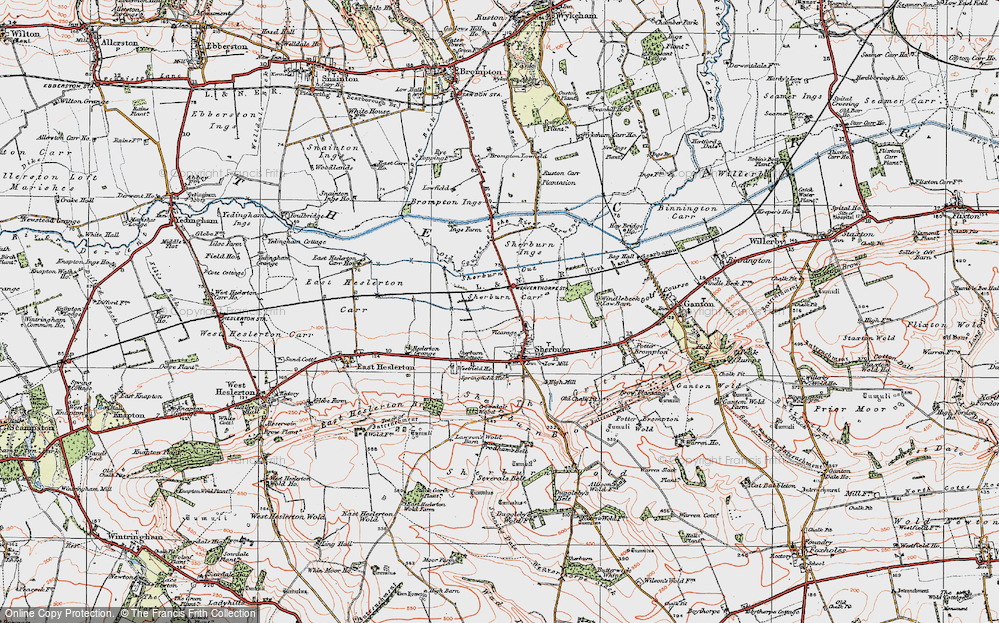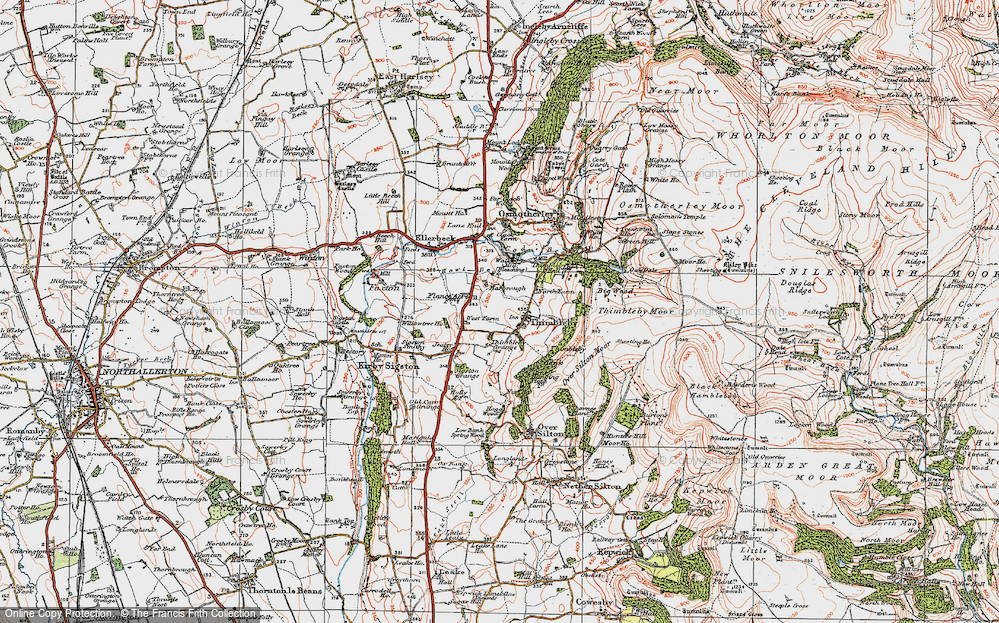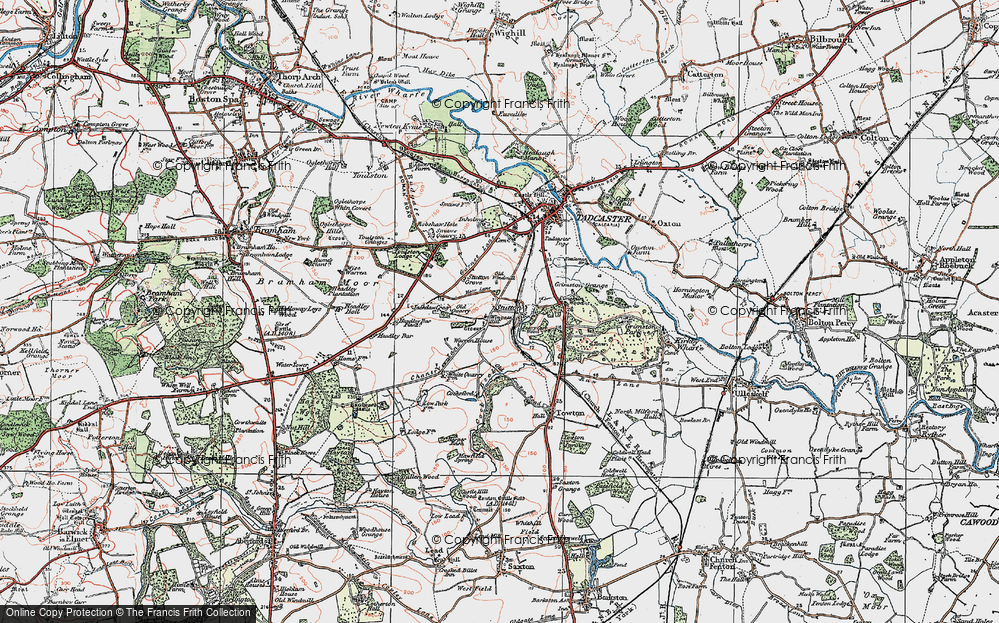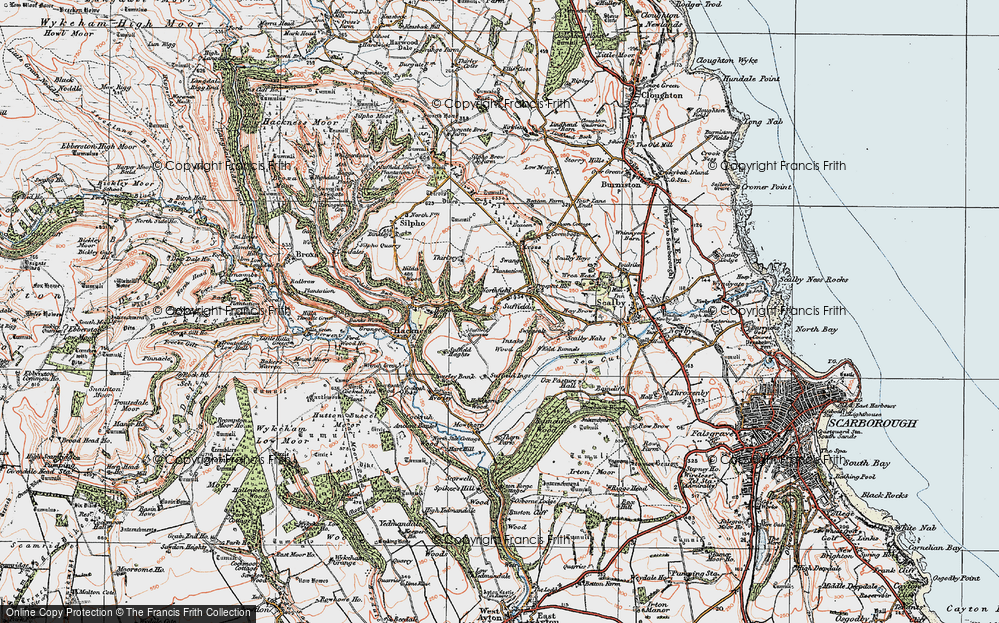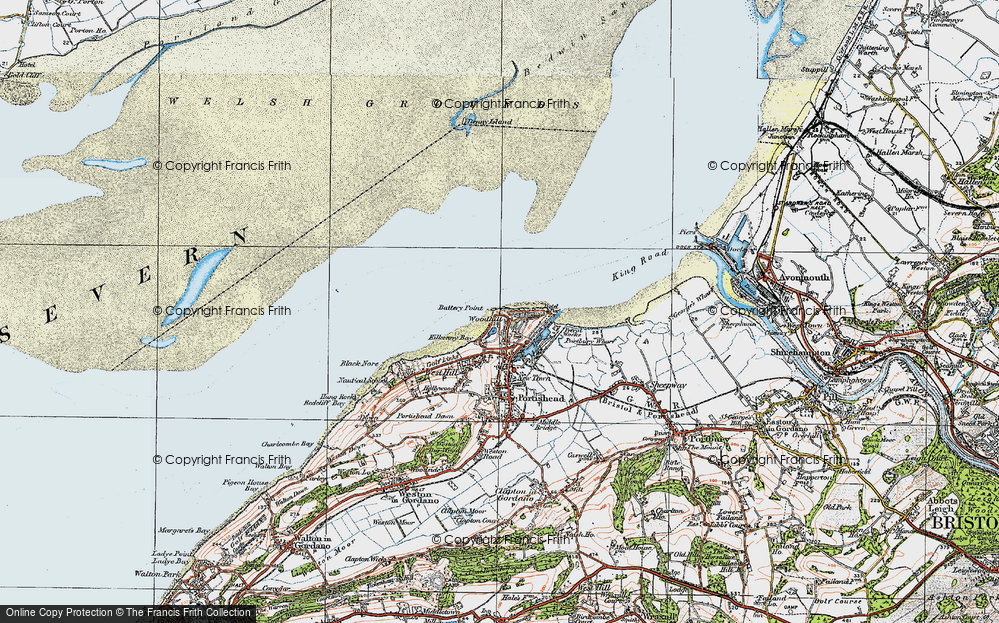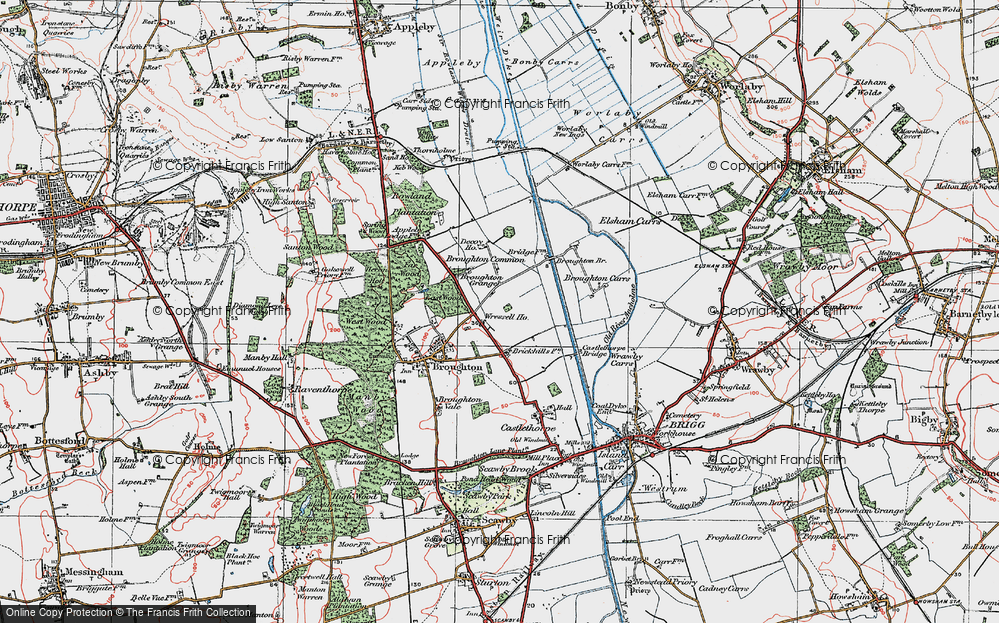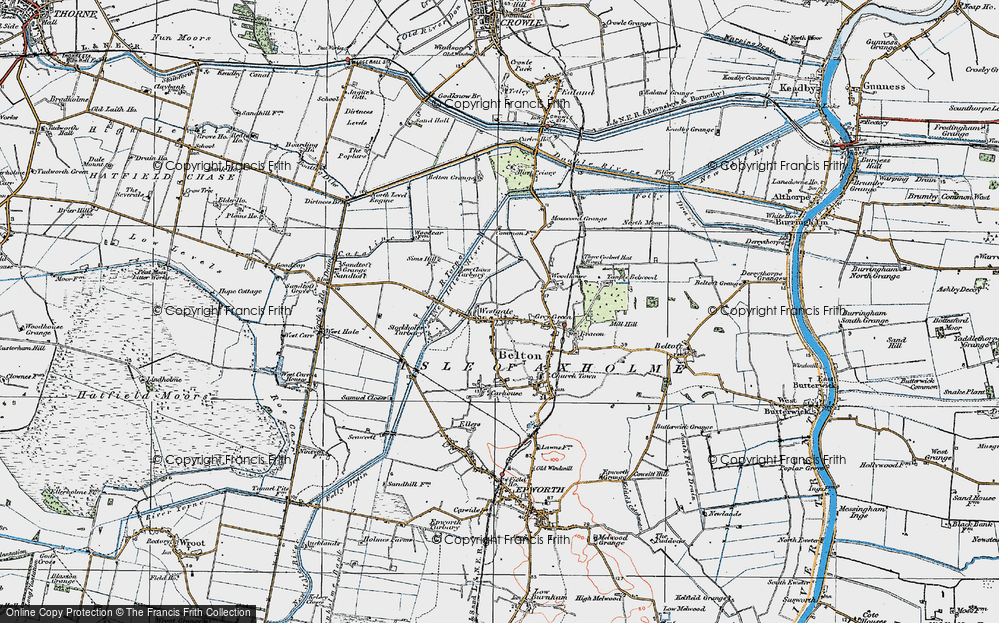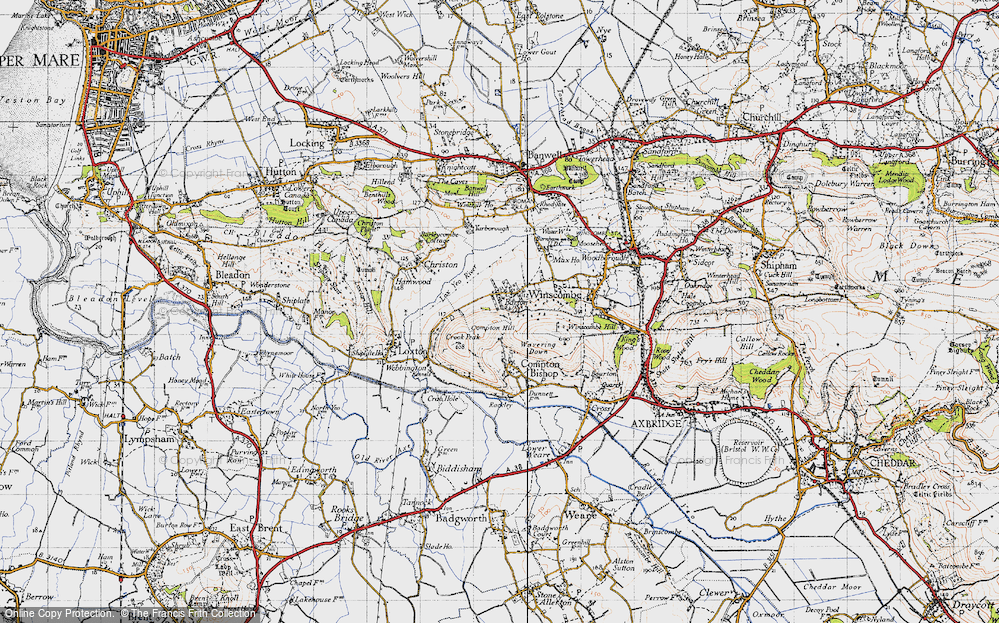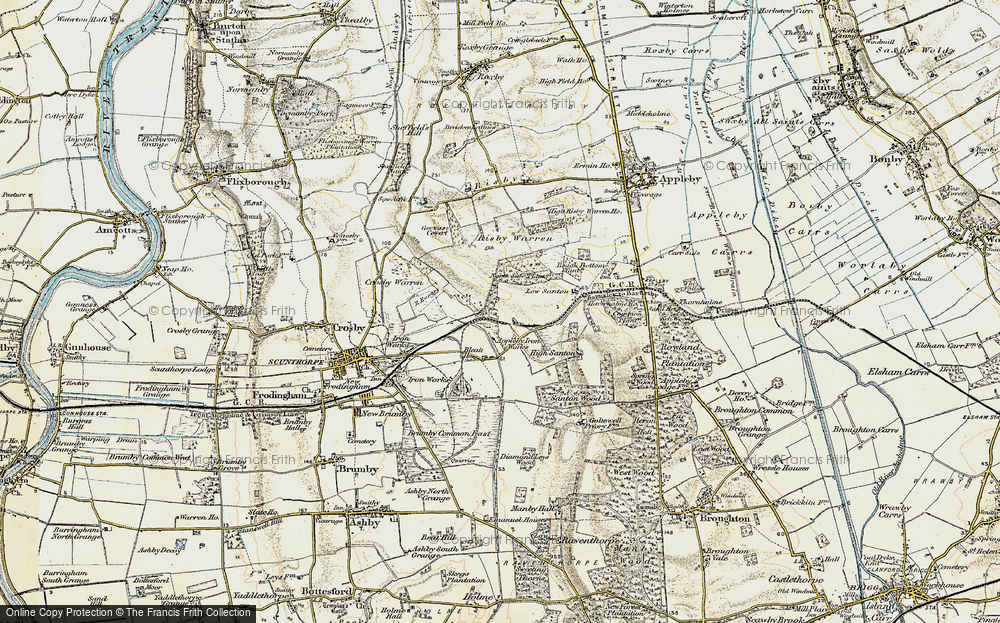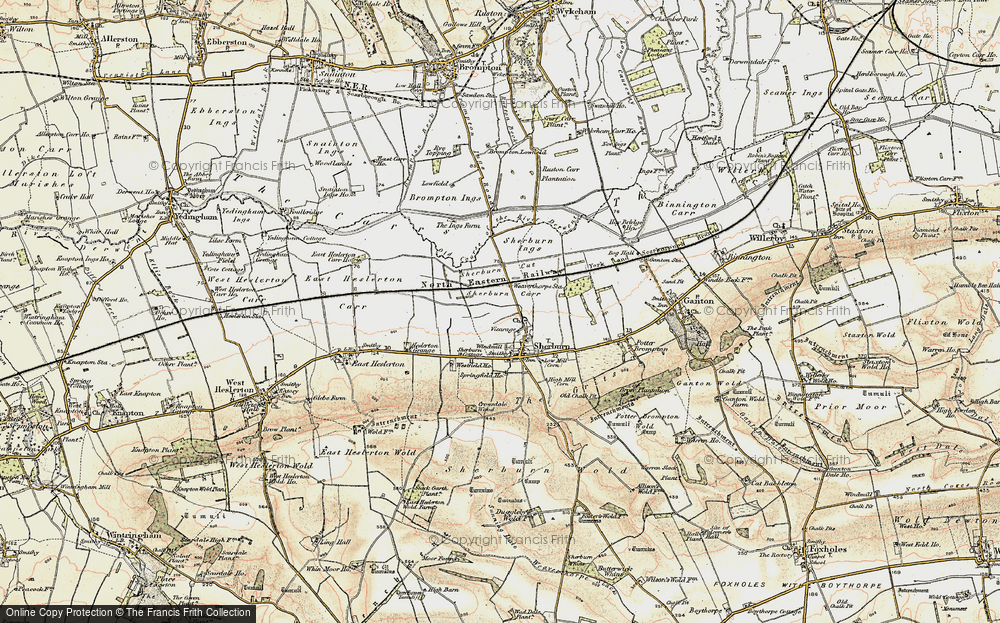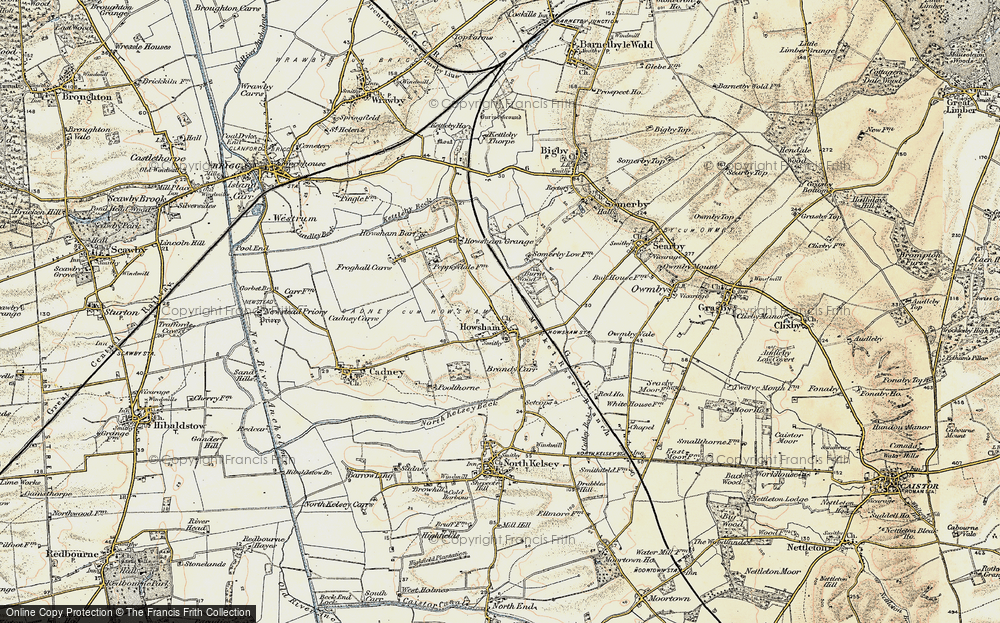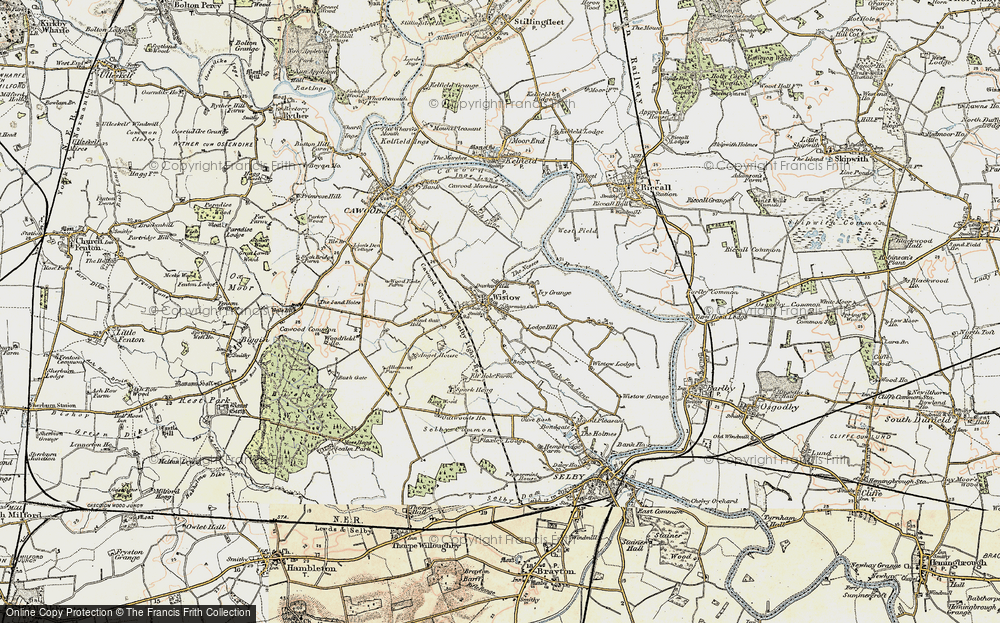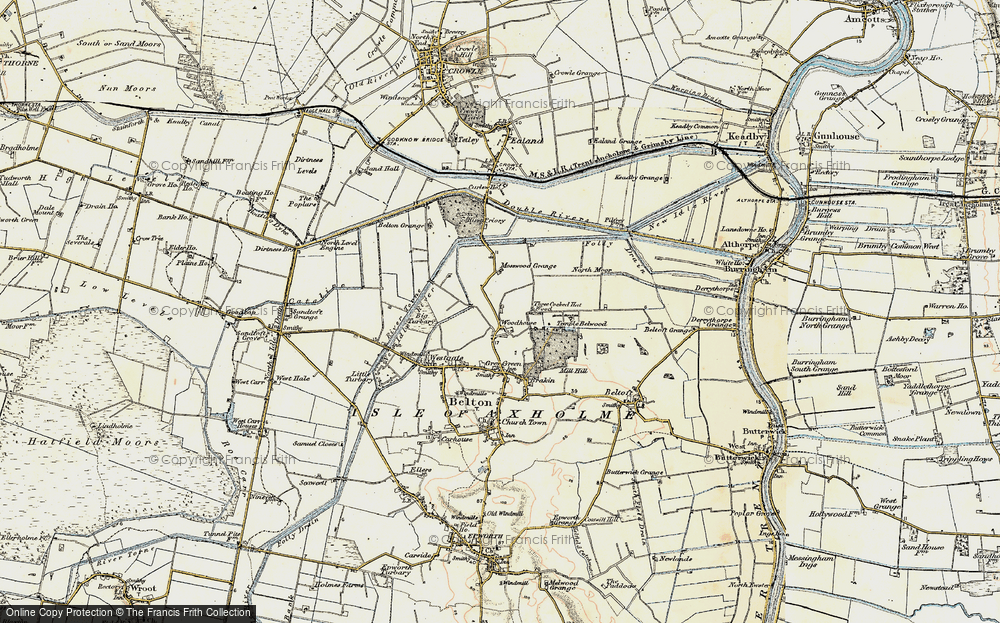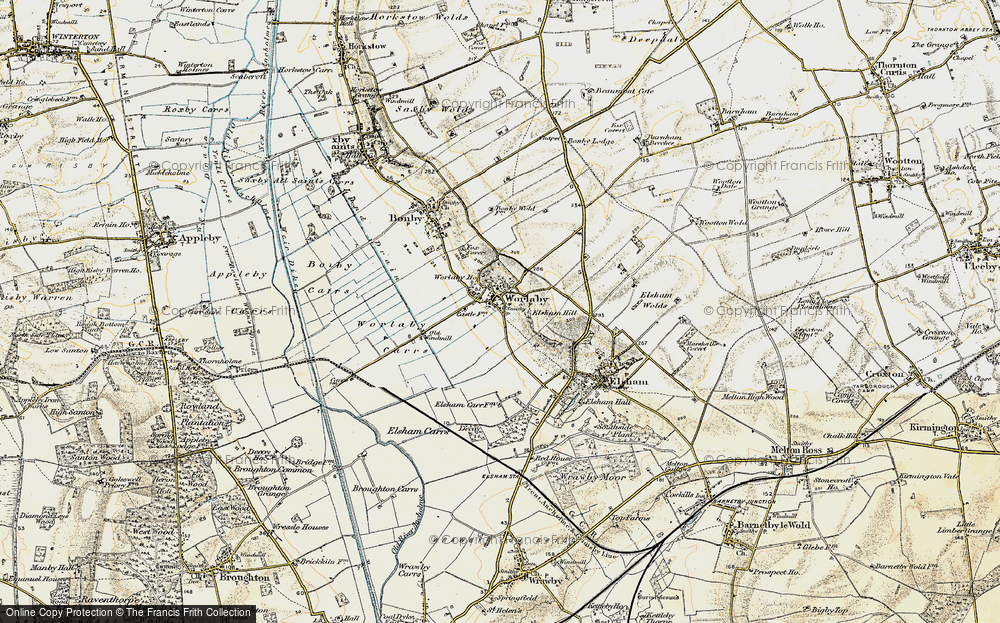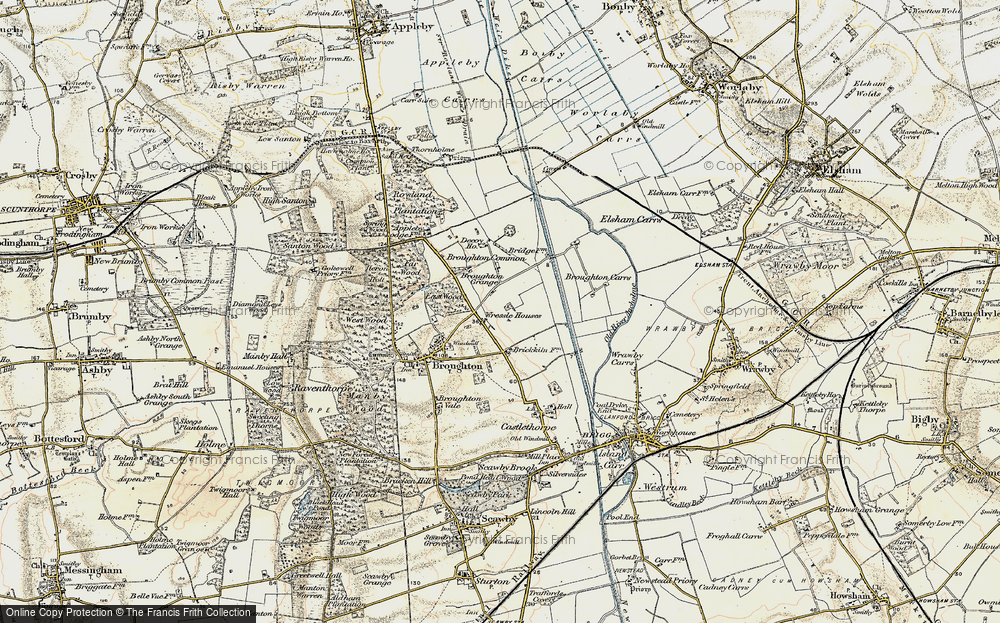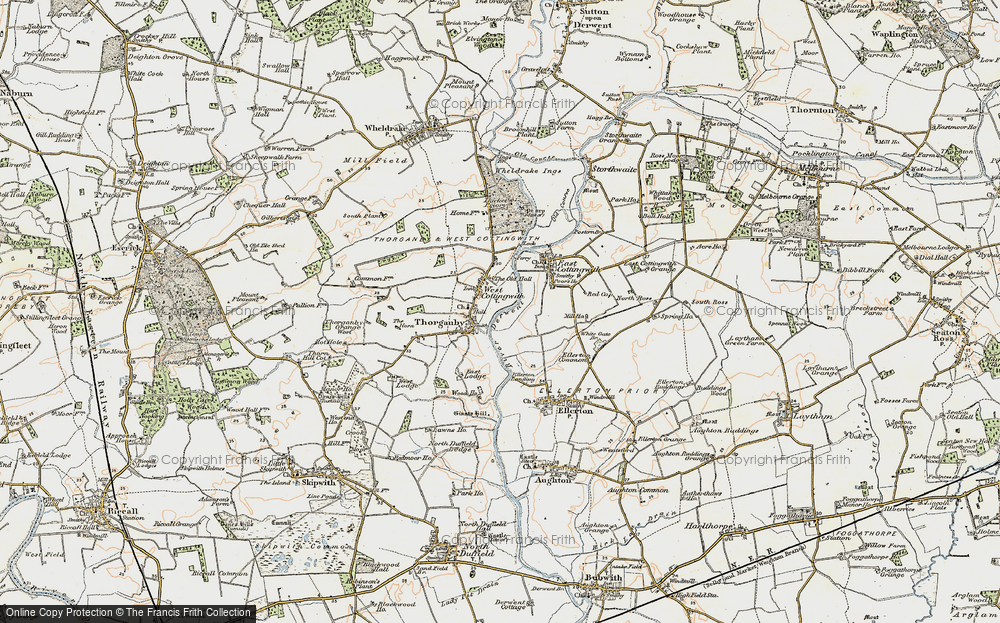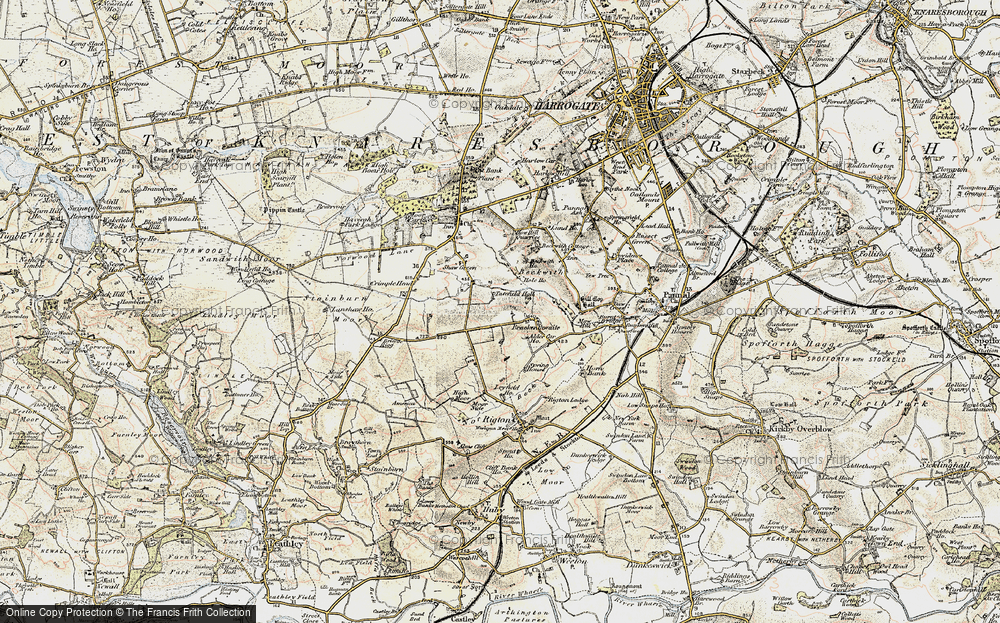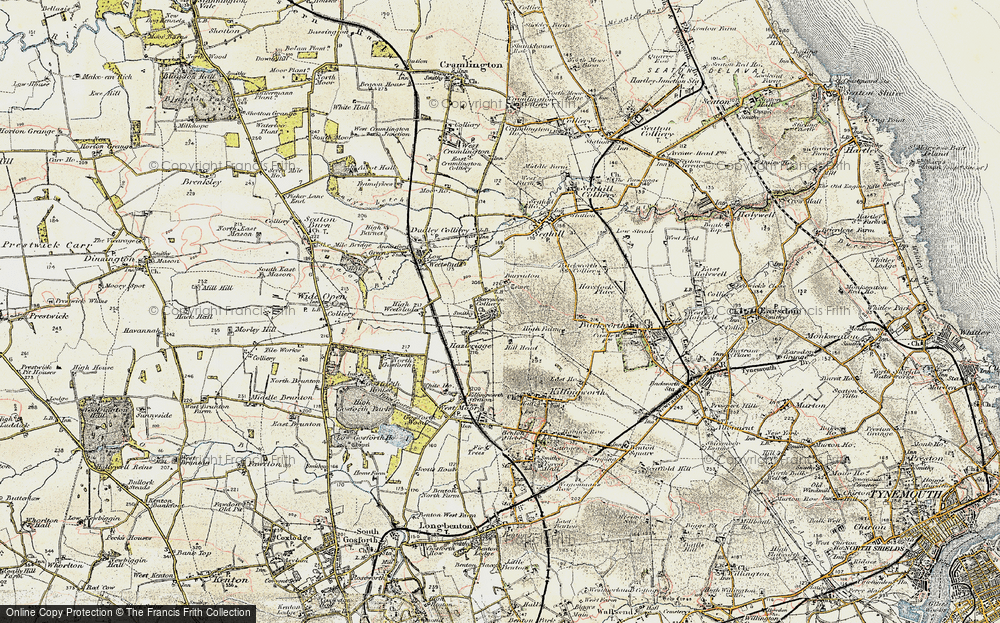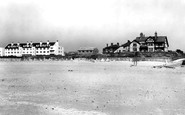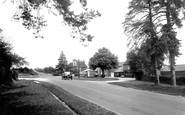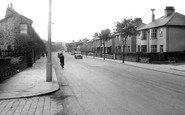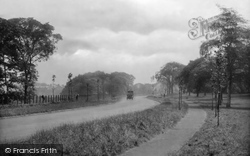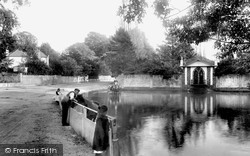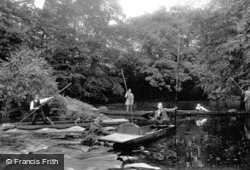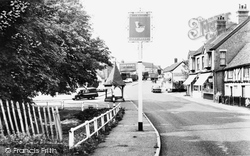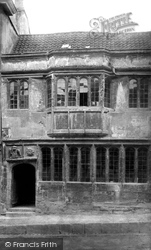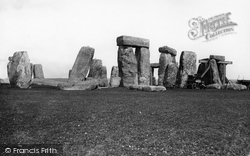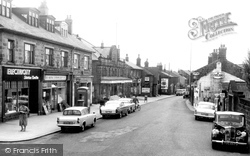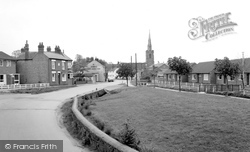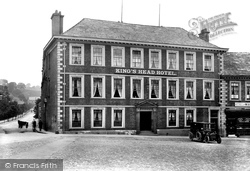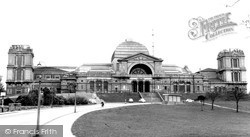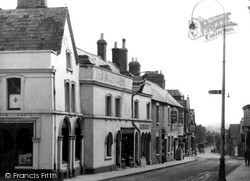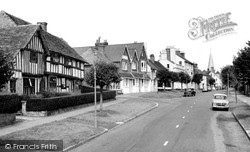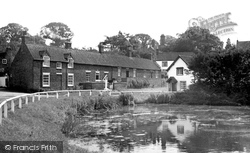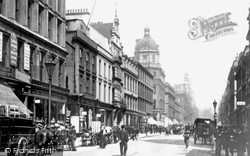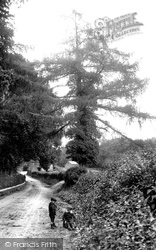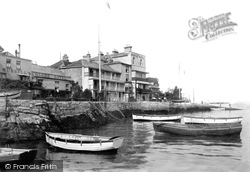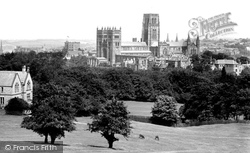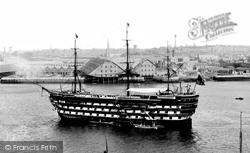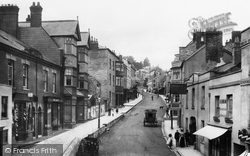Places
Sorry, no places were found that related to your search.
Did you mean: north ness or na h ness or nook ness or nash ness ?
Photos
12 photos found. Showing results 1,301 to 12.
Maps
9,582 maps found.
Books
29 books found. Showing results 1,561 to 1,584.
Memories
4,582 memories found. Showing results 651 to 660.
Blundellsands Beach.Prior To 1960
I was thirteen at the time and lived off Riverslea Road, which led down to a walled field on to the beach. My friends Derek Austin, Les Reece, Charlie Kelly, and a few others had built the Biggest Bonfire ...Read more
A memory of Blundellsands in 1953 by
The Day I Was Born
I was born on 22nd June 1948 at 95 Dryfield Road in the front main bedroom of my nans's house. We lived there until I was 8 when we left my nan's and moved to St. Johns Wood in London. My nan lived there until I was in my ...Read more
A memory of Burnt Oak in 1948 by
My Teenage Years At Clevedon
On the surface of it there was nothing to do in Clevedon for a teenager, but I was wrong. Meeting up with friends and looking for entertainment, Clevedon Pier came the place to be, with a juke box and the latest ...Read more
A memory of Clevedon in 1956 by
Lt Spencer Baker Died At Passchendaele 1917
Spencer Baker was my grandfather's cousin. He grew up at Forest Farm, Chelwood Gate, son of Spencer snr and Susan Baker (née Lindfield). Spencer was a building contractor and at the age of 29, in ...Read more
A memory of Chelwood Gate by
I Remember Southall
I moved to Southall when I was 5 with my family, went to live at Cornwall Avenue and then went to Lady Margaret School, left there when I was 11 went to Dormers Wells, at 12 we moved to Trinity Road, I still went to Dormers ...Read more
A memory of Southall in 1940 by
From The Beginning!
I was born in 1938 in Needwood Street off Rochdale Road. My Mam and Dad were allocated a new flat in Kingsley Crescent when I was a year old so all my memories are of the 'flats'. I, along with my two sisters and one ...Read more
A memory of Collyhurst in 1940 by
Memories Of Aylesbury During The 60s And 70s
I was born in Buckingham Road in 1962 and lived in the same house (no.225) until I left for North Wales in 1985. I have many happy memories of living there, going to the Primary and Junior schools in ...Read more
A memory of Aylesbury by
Burgh Heath Sugar Bowl
I remember the Sugar Bowl very well as I used to swim there. I was a boarder at Red House School further down the Brighton Road, does anyone remember that? Best days of my life (another story), Walton on the Hill for ...Read more
A memory of Burgh Heath in 1960 by
Stacksteads Boyhood.
My family moved from Haslingden to Newchurch Road in 1950 opposite the Farhome Tavern. As an eight year old I attended Western Junior School until 1953 leaving to attend Blackthorn Secondary Modern until June 1957 when our ...Read more
A memory of Stacksteads in 1950 by
What Happened To Me
My name was Lynette Evans I’d just like to say hi to everyone that has shared memories of Splott. I remember so much, so clearly, I was barely 3 years old when I moved from Llanharran to Portmanmore Road. It was a ...Read more
A memory of Splott in 1964 by
Captions
1,673 captions found. Showing results 1,561 to 1,584.
Preston was always a town that you had to pass through to go north to south, but as the popularity of Blackpool increased, so did the traffic east to west.
On the far side of the pond a smartly-attired coachman in a top hat has diverted from the foot of the High Street to allow his equine companion, and the wheelrims of his trap, to cool in the water.
Punting on the river in pre-war days. Near here is Conyngham Hall, now a conference centre, but once the home of the toffee maker from Halifax, Lord Macintosh.
The site was cleared, and eventually a new church was built in 1956 in a style that would not look out of place in a new town.
A few years later, piped water came to the villages and the well became redundant; by 1908 it had fallen into disrepair.
Nearby, just into the High Street, there is another building of similar antiquity, the Tribunal.
Another mystery regarding Stonehenge is that many of the stones had been dressed - there is no precedent for such work in Britain prior to Stonehenge.
On the left in this picture is the branch of the Leeds Industrial Co-operative Society. Every customer had a membership number against which all transactions were logged.
their property; this was immediately restored to them and the Tudor rose, the family emblem of the Tudors which shows the union of the red and white roses of Lancaster and York, was presented both
Rasen Bikes are in the large shop on the left, which was E C Hall's shoe shop. The White Swan beyond is still there, and next is another shoe shop, E C Hall. A young lady is in charge.
The arid area of grass and the 1950s housing (both family and sheltered) could, with a lightness of touch, have provided a more special entrance to the village from the north, under the shadow of
The doorway on the extreme right served as the bar entrance, and another doorway was inserted to the left when Lloyds Bank opened here c1920.
It was never a great success; part was leased to the BBC in 1934, and television broadcasts began in 1936.
Looking South to Marlborough Road The buildings to the left stood next to the Old Town Hall on the Market Square.
Dating from the 1500s (and possibly earlier), the half- timbered building on the left fronting both the High Street and Hickmans Lane has had a chequered history.
It is hard to believe that the main York to Beverley Road passes around the pond on the left. The village was built around the Manor House, later surrendered to Henry VIII after the dissolution.
Thus Glasgow ended up with four railway termini but not a single through line, and to this day passengers have to walk or take a shuttle bus between Central and Queen Street.
On the left in this picture is the branch of the Leeds Industrial Co-operative Society. Every customer had a membership number against which all transactions were logged.
The church is a short distance from the Nower, another one of Dorking's parkland areas.
His task was overwhelming, for most of the Island was in league with the smugglers to one degree or another.
On the left in this picture is the branch of the Leeds Industrial Co-operative Society. Every customer had a membership number against which all transactions were logged.
These chapels are normally constructed at the eastern end of cathedrals, and not at the west.
Laid down at Plymouth Dockyard as HMS 'London' in 1819, her name was changed during her somewhat slow construction; she was not launched until July 1828.
We are looking north-westwards up Bell Street from the Assembly Rooms. Middle Row juts out (bottom left), and the raised pavement leads to Bell Cliff (bottom left).
Places (0)
Photos (12)
Memories (4582)
Books (29)
Maps (9582)


